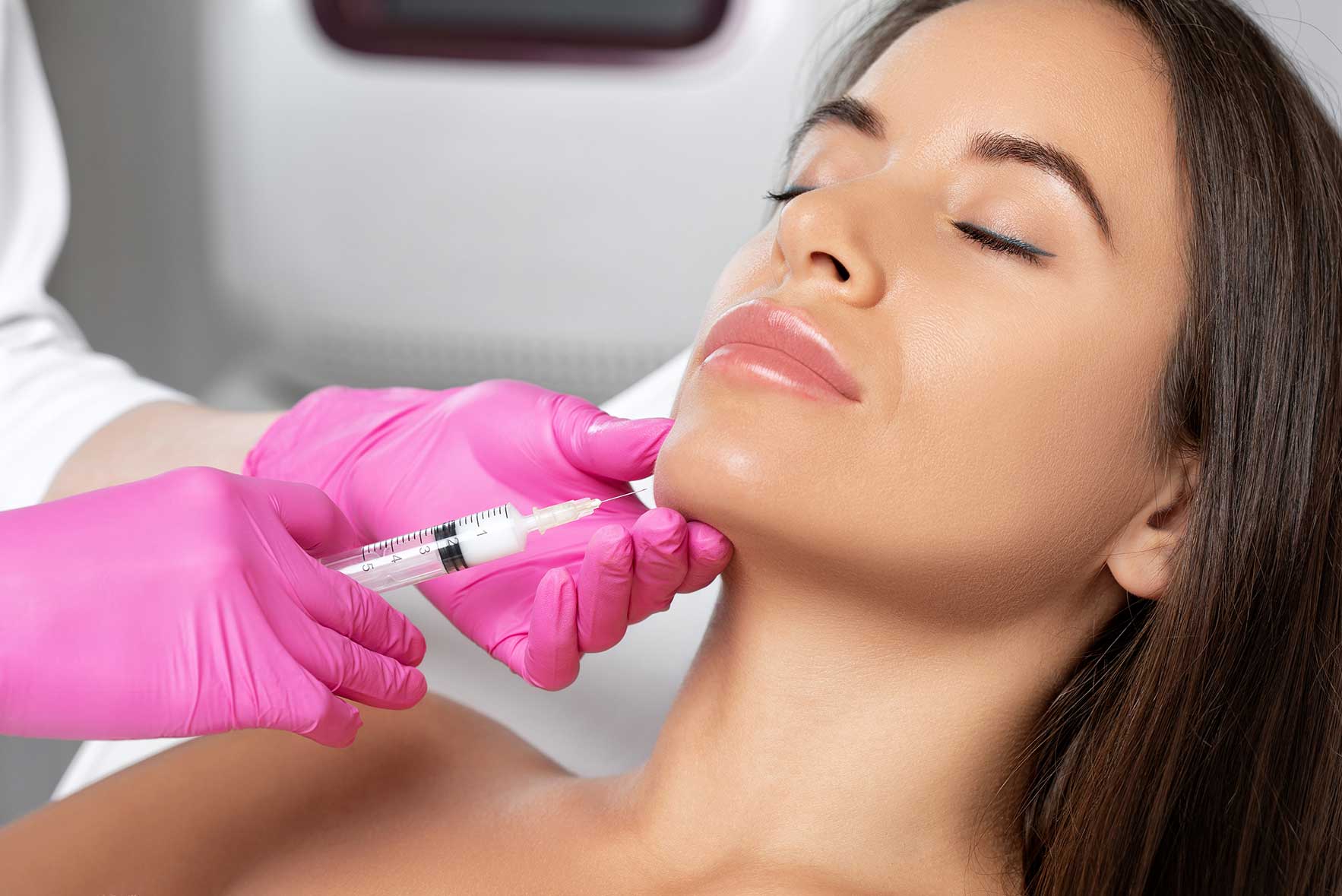It is the process of giving the patient’s own fat (adipose) tissue to areas deemed necessary. Although it was used for filling and shaping at first, studies over the years showed that fat cells are richer than stem cells; For this reason, it has been seen that besides giving volume, it renews the tissues and rejuvenates the skin. A method that can be used in many areas of the face and body has become an operation that strengthens the hand of us, plastic surgeons. It provides opportunities such as volumizing, shaping, renewing the skin, rejuvenating, treating some scars and further promoting the result by being combined with many aesthetic procedures. It can be applied to many areas in the face such as temples, around the eyes, upper eyelids, under-eyes, mid-face area, tops of the cheekbones, tear grooves, nose-lip lines, lips, the tip of the jaw, and the edges of the lower jawbone. Apart from the face, it is used in breasts, hip and leg aesthetics, everywhere in the body with a lack of tissue.
Preparation For Surgery
Detailed examination of the patient is the first and most important step. The general condition of the patient, accompanying diseases, medications used, and whether expectations are realistic are the most important points for us. Detailed examination together with the anesthesiologist is a must for pre-operative preparation. If the patient smokes, it is recommended to stop 3 weeks beforehand, and blood thinners to be discontinued before the specified time. Preoperative planning is an important step for surgical preparation.
Method Of Surgery
Stem cell ratios are increased by taking person’s own adipose tissue with the help of tools that we call cannulas and passing it through certain processes, and it is given to certain parts of the body with appropriate planning and special techniques. An average of 30-70% of the given fat remains. The proportion of remaining fat depends on many factors. Therefore, it may sometimes require additional sessions.
Healing Process
Depending on the procedure and taking into account the general condition of the patient, the patient can be discharged from the hospital on the same day; the patient can also be treated by hospitalization for one night after surgery. There may be tenderness and oedema in the areas where fat is taken and given. Swelling and bruises are expected. The patient, who notices swelling due to excessively given adipose tissue and tissue oedema, may be concerned in the first place. However, usually within a few weeks oedema in the tissues dissolves and within a few months some of the fat dissolves. Then, the final shape will appear. This process is about 3-6 months on average. The pain is not very severe, usually at a level that can be relieved with painkillers. As with any surgery, there is a risk of complications during fat injection surgeries.

